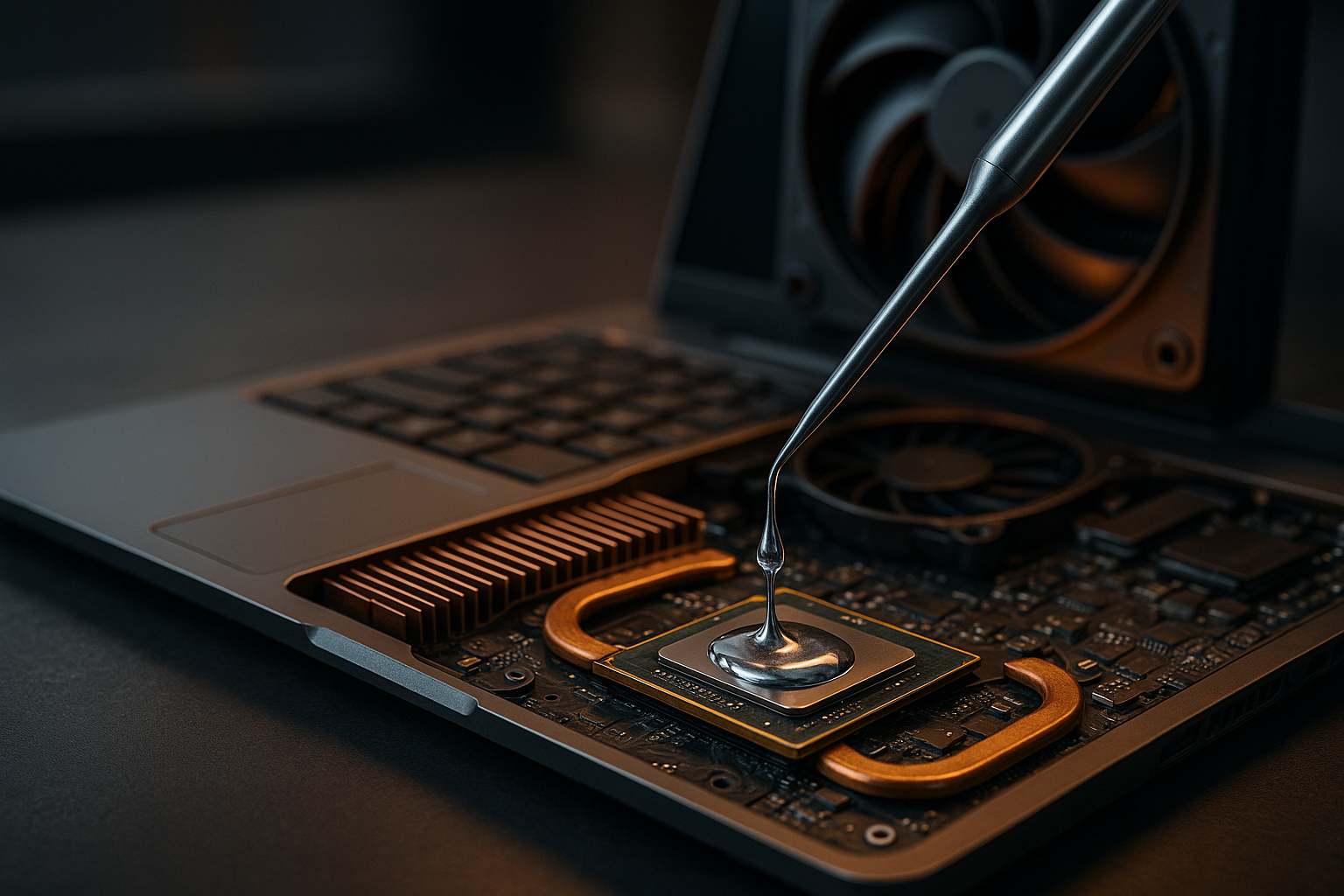How to Extend Laptop Battery Lifespan Safely
Extending a laptop battery's lifespan requires practical habits, attention to hardware interactions, and safe maintenance. This article summarizes reliable techniques—covering charging routines, thermal management, firmware updates, and accessory choices—that help preserve battery health without risking data or device safety.

Using a few straightforward practices can meaningfully slow a laptop battery’s capacity loss while keeping the device safe and reliable. This article explains what causes battery wear, how charging habits and temperature influence longevity, and which hardware and software factors—processor load, cooling, firmware, storage options, and connected accessories—matter most. Practical tips below balance everyday convenience with technical considerations to help you maintain usable runtime over several years.
How does a laptop battery age?
Batteries in laptops are typically lithium-ion or lithium-polymer cells that lose capacity over charge cycles and time. Factors that accelerate aging include high operating temperature, sustained full charge states, deep discharges, and rapid charging patterns. While smartphones and other portable devices share similar chemistry, laptops often face heavier loads from higher-power processors, GPUs, and external peripherals. Understanding these limits helps set realistic expectations for cycle life and when battery replacement becomes necessary.
What charging habits protect battery health?
Avoid leaving your laptop plugged in at 100% all the time; keeping charge between about 20% and 80% reduces stress on cells. If your device supports charge-limiting modes in firmware or manufacturer utilities, enable them. Use the original or certified chargers to ensure correct voltage and current; third-party adapters can cause erratic charging behavior. For occasional fast charging, accept some extra wear—reserve it for when you need quick uptime rather than daily use.
How does processor and cooling affect battery?
High CPU and GPU load increases power draw and heat, which shortens battery life both in the short run (draining faster) and long run (accelerating chemical degradation). Optimizing processor performance settings—using balanced or power-saving profiles when possible—reduces thermal stress. Maintain proper airflow around vents, keep cooling fans clean, and consider a cooling pad if you run intensive tasks frequently. Effective cooling benefits the battery, motherboard, and components like RAM and storage by keeping operating temperatures lower.
Do storage, SSD, and RAM choices matter?
Storage type and memory configuration indirectly affect battery life. SSDs typically consume less power and provide faster performance than mechanical drives, which can reduce active runtime for disk-intensive tasks. Adequate RAM prevents excessive swapping to disk, lowering storage activity and associated energy use. Choosing efficient components—NVMe SSDs with good power management and appropriately sized RAM—can improve overall system efficiency and reduce unnecessary battery drain.
What role do firmware, GPU, and peripherals play?
Keep firmware and drivers up to date: motherboard, GPU, and power-management firmware often include optimizations for energy use and charging behavior. Discrete GPUs can be power-hungry; use integrated graphics for routine tasks to conserve battery. Disconnect unnecessary peripherals and accessories (external monitors, USB devices, networking dongles) when not in use, since they draw power from the laptop. For external monitors and networking, prefer low-power or sleep-capable devices and check peripheral firmware for power-saving features.
Maintenance, networking, and accessories impact
Regular maintenance helps battery longevity. Clean vents and fans to sustain cooling efficiency, and replace thermal paste if the laptop is several years old and running hot. Network settings can affect power usage—turn off Bluetooth or Wi-Fi when not needed or use airplane mode if appropriate. Choose accessories with power-saving modes and be mindful of background apps that use networking and CPU cycles. For long-term storage, charge the battery to about 50% and store the laptop in a cool, dry place; avoid leaving fully discharged or fully charged batteries unused for months.
Conclusion
Extending a laptop battery lifespan safely combines mindful charging, temperature control, and sensible hardware and software choices. Regular firmware updates, careful use of peripherals, and maintaining an efficient storage and memory setup all contribute to reduced stress on battery cells. Adopting moderate habits—such as charge limits, cooling maintenance, and balanced performance profiles—can preserve useful capacity without sacrificing day-to-day usability.





